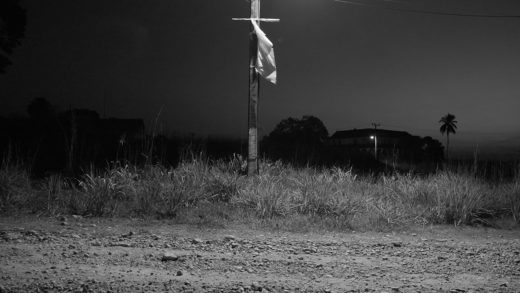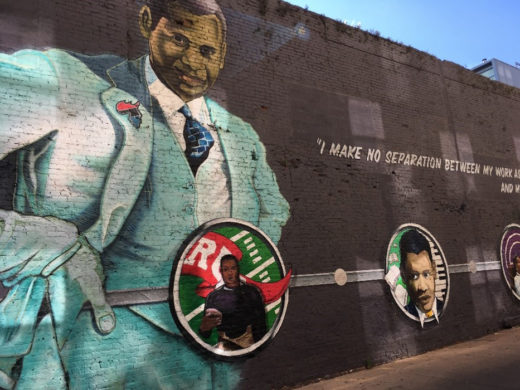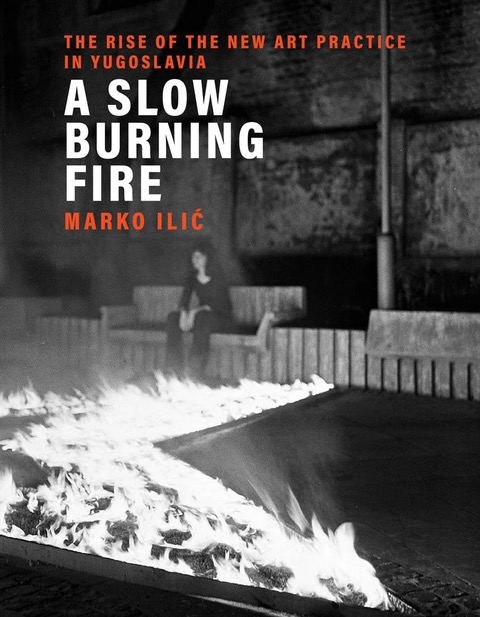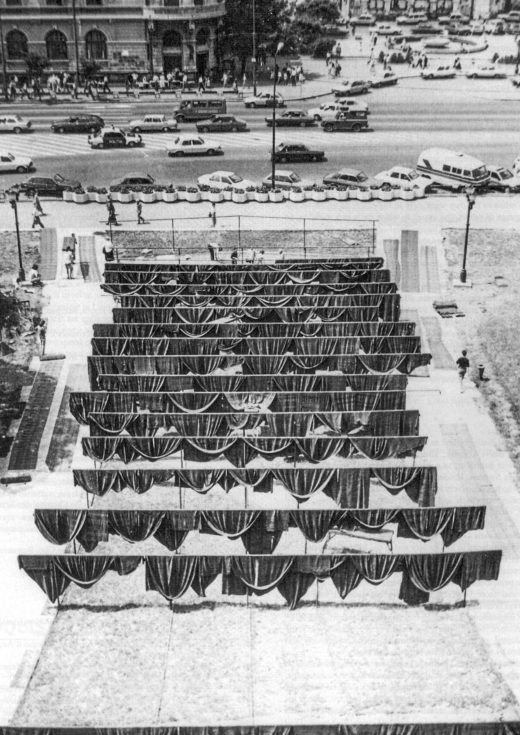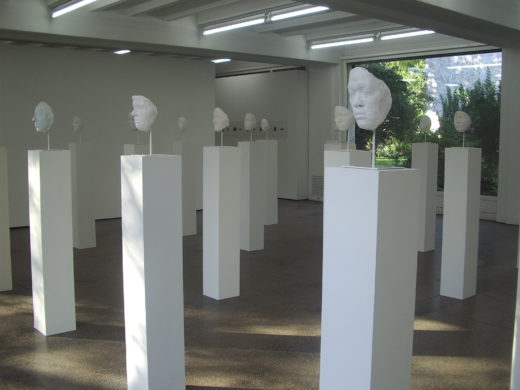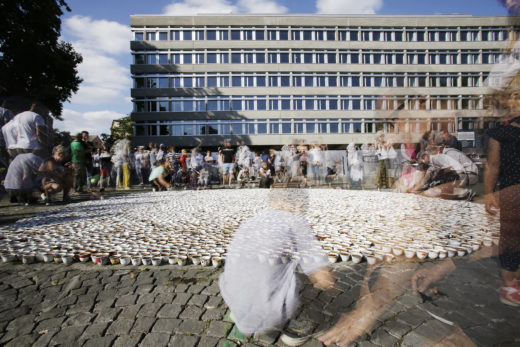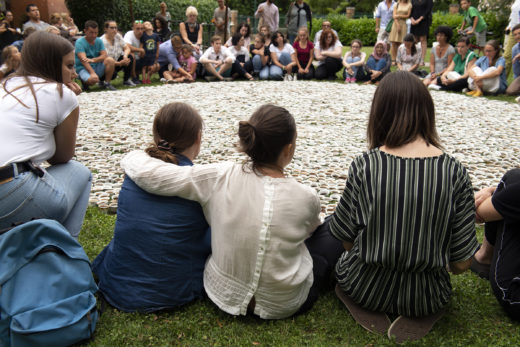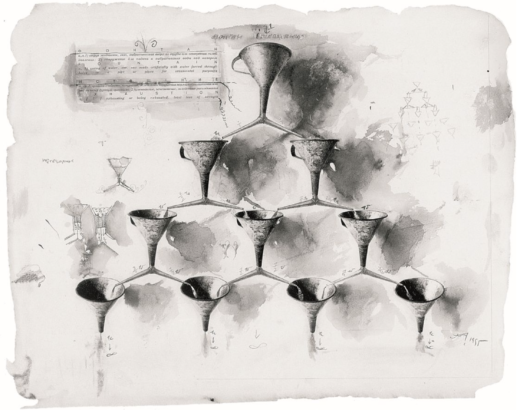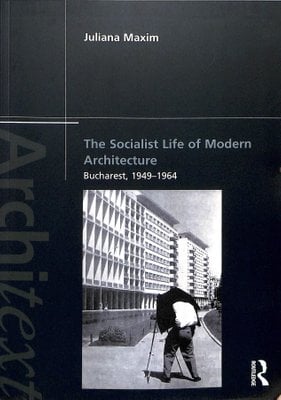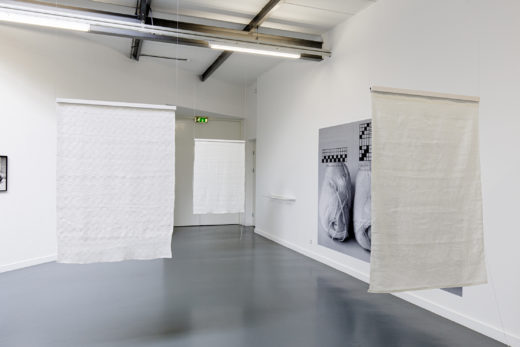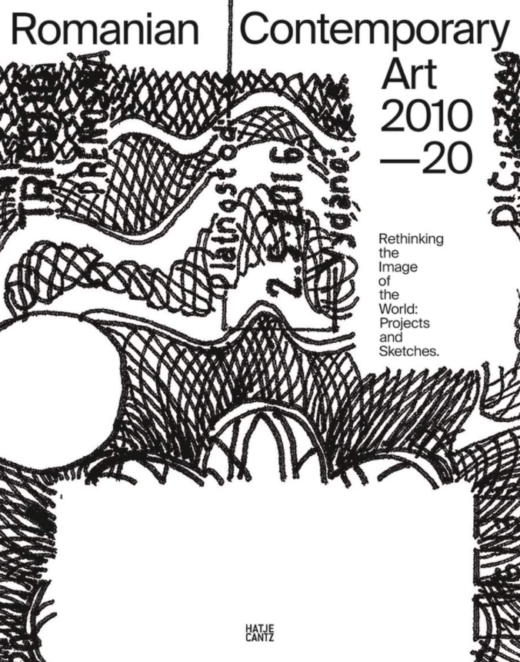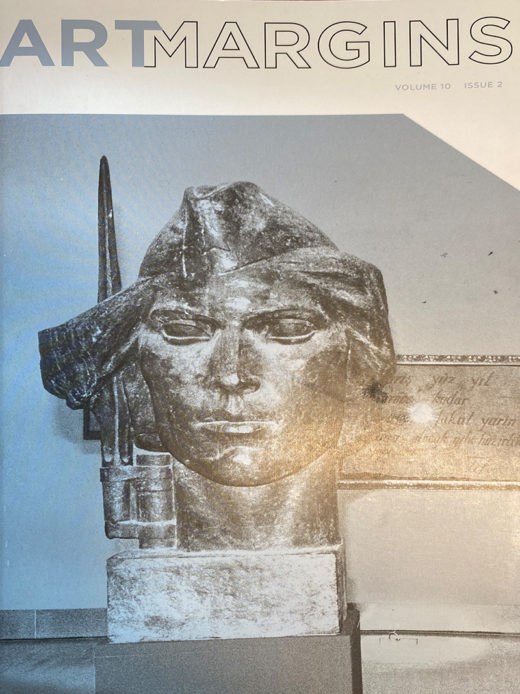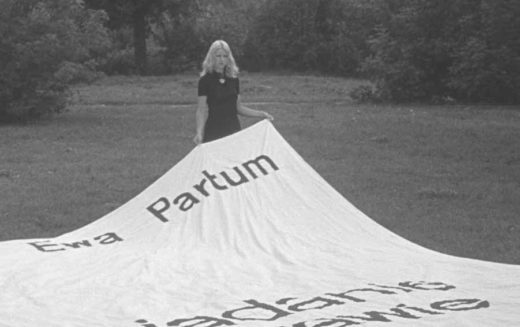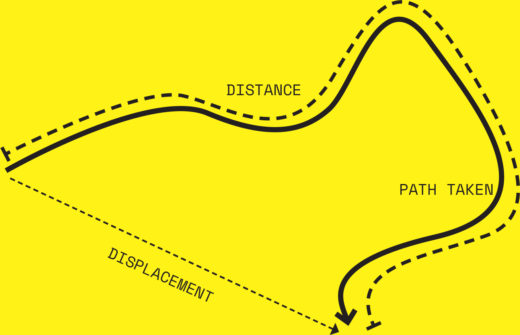Art and Class Struggle
What do we need to know about “art” or “class struggle” before considering their relation to one another? Could you describe a specific work or text that might serve as an illustration of class struggle or as an exploration of the problem of representing it? Let us say that visual art, broadly speaking, does express the worldview of the dominant class. What kind of art then expresses the worldview of, say, hedge fund managers? Does the dialectic of the visible and invisible still hold for conceptual and post-conceptual art? What alternative critical apparatus would you propose, since neither Lenin nor … Read more

